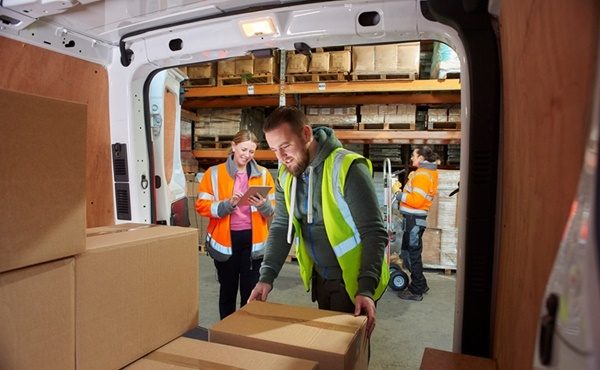Today’s retailers are tapping into strong growth in offering home delivery services. There’s a push to constantly drive greater efficiencies and cut costs in the delivery chain, but did you realise that most costs can be reined in before freight even gets to the delivery van?
ANC’s national sales manager Wayne Shepherd says that with careful planning and reviewing of your current systems and data, you can immediately shave millions of dollars off your delivery infrastructure.
Here are Shepherd’s top five tips on how to save money on delivery, before your product leaves the warehouse.
1 Demurrage
Demurrage is the dirty word of the transport business. Many retailers have issues with drivers being paid by the hour but waiting around at the depot because the warehouse team doesn’t have freight ready to load onto their vehicles.
ANC recently asked a client if it could help come up with a solution to their serious demurrage issues. After reviewing their processes, we recommended that the well-known retailer put a large format screens onto the warehouse wall, and track live the GPS feed for each vehicle on approach.
This simple solution meant that the warehouse team could see which driver was closest and the warehouse team could prepare this order as priority, and have it at the loading dock or staging area, ready to go.
With this simple solution, the client saved over $1million per year on warehousing costs and five per cent of transport costs (driver waiting times). The knock-on effect was that deliveries were made in full and on time, the driver fleet are fully engaged and optimised, and importantly customer satisfaction improved, which augmented the retailer’s brand reputation.

2 What cages do you use?
The freight cages you choose for consignments can make a big difference. One of our clients was previously using old style cages that required a fork lift operator to transfer goods from the warehouse to each vehicle. ANC’s client manager recommended that the client change to a new cage model on wheels, which the drivers can manoeuvre, thus eliminating the forklift from the process. The cages can be wheeled out by the drivers at a faster rate, which meant one less transaction (no forklift driver), which has resulted in 250 minutes of time saved per week. And freeing up the forklift for more appropriate priorities.
We also found there was a significant reduction in errors due to less people handling the goods, so I recommend scrutinising every single step your freight makes in the delivery process to determine where you can reduce or streamline fundamental tasks.
3 Pay fleets per drop rather than an hourly rate
Whether you manage your own fleet or have a fleet delivery company, most drivers are paid an hourly rate. The issue with this outdated model is that there is no incentive for a driver to deliver their freight efficiently, since they will be paid the same amount whether they make four or fourteen deliveries.
Payment per drop means that drivers are in control of their workload, and can return to the depot for more deliveries if they finish earlier than expected, or can finish for the day if they’d prefer the flexibility. Moving to drop rate requires a huge cultural shift for both the retailer and the driver but we’ve found that it has huge rewards for both drivers and clients.
If you plan to do this, you need to invest in route optimisation, to ensure have the most logical and efficient routes to dispatch drivers on; giving a driver a specified area doesn’t make sense and won’t help you save costs or your driver make money. Routing needs to be dynamic and agile especially in the metro markets of Australia.

4 Flexible fleets; don’t carry dead space
Most companies have a set number of vehicles of specified sizes, all year round. They are developed to cope with busy periods, so you end up paying for dead space in large trucks, which can be only half full some of the time. Most companies are only working 75 per cent capacity of their fleet, and you’re paying for 100 per cent unnecessarily.
One solution if you have outsourced your fleet, is to have a smaller core fleet that you use all year round, with a back-up team for the ad hoc. Many of our clients have found this has had a huge impact on their budget and together we continue to refine the model. These back-up teams are trained in the client’s delivery and customer service methods as if they are their own.
5 Share costs and save dollars
Clients also have the option to take flexible fleet models a step further, using ad hoc teams all year round for longer distance journeys such as regional deliveries from metropolitan areas. These drivers provide a delivery service to longer distance locations, for more than one company, so think of it as the Uber Share for fleet services! Simply put you can amortise the cost of the vehicle over more than your own freight volumes.







